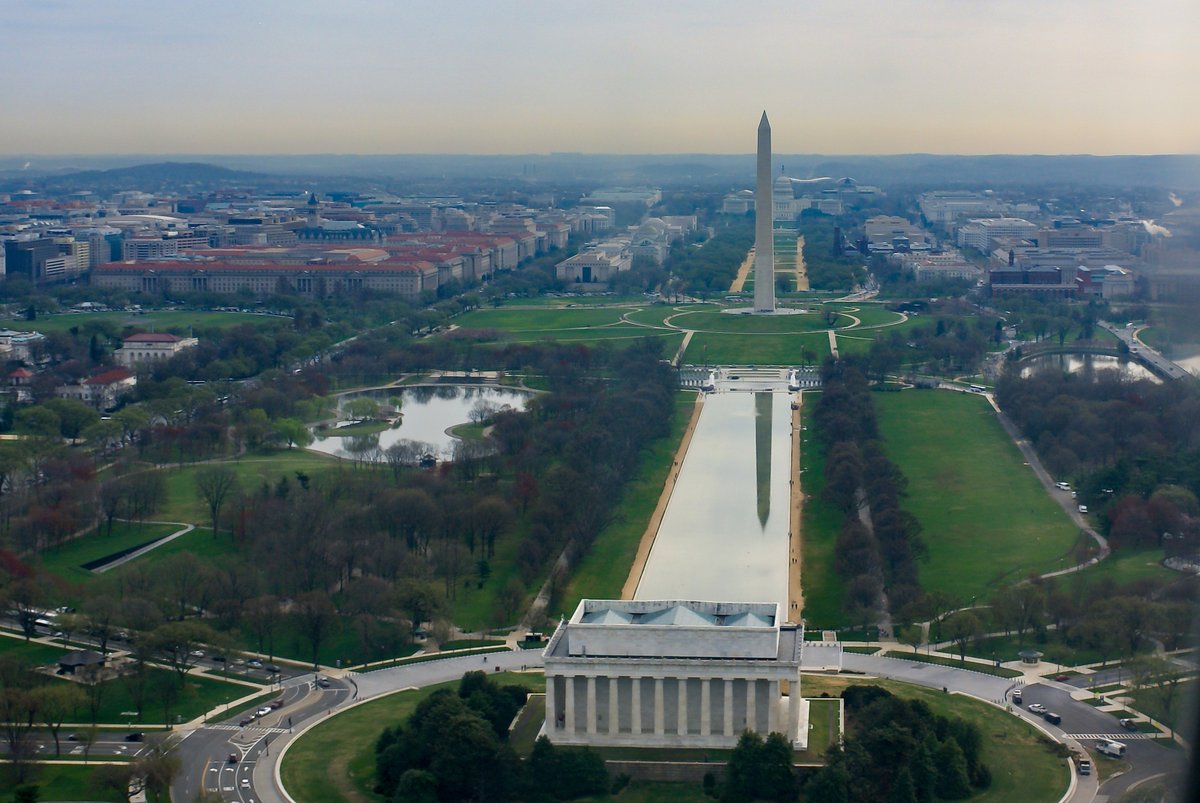America's front yard, the National Mall in Washington, DC, will soon become a public laboratory of sorts for monuments commissioned to address issues and groups that have long been overlooked in the US capital's statuary.
Next year, the Trust for the National Mall will launch Beyond Granite, a new suite of artworks, performances and installations designed to re-think the history of “commemoration” in the US. The initiative stems from a partnership between the trust, the National Capitol Planning Commission and the National Park Service, featuring additional curation and outreach by Monument Lab, a non-profit public art and history studio based in Philadelphia.
In December of last year, Monument Lab released the "National Monument Audit", a comprehensive study of approximately 50,000 conventional US monuments and their demographic contexts to better assess the current landscape of commemorative public space. For Beyond Granite, Monument Lab facilitated the selection of temporary commemorative installations and programmes by six artists of colour from around the US: Derrick Adams, Tiffany Chung, Ashon Crawley, Vanessa German, Paul Ramírez Jonas and Wendy Red Star.
Beyond Granite is funded by the Mellon Foundation’s Monuments Project, a $250m endeavour aimed at transforming America’s commemorative heritage through public projects.
“The National Mall is our country’s most memorable symbol of American democracy and site of our shared struggle for freedom,” Salamishah Tillet, a professor of Africana Studies and Beyond Granite co-curator (with Monument Lab's director Paul Farber), said in a statement. “Because of this rich legacy, it is an honour to engage public art as a way to remind of its complex past, and also tell new stories of our nation’s history and present.”
The social import of public art, and in particular the public monument, has been a focus of heightened debate and inquiry in recent years. In the US, especially following the rise of the Black Lives Matter movement, high-profile de-installations of monuments have raised questions about the enduring effects of commemorating figures associated with colonialism, slavery and other historic injustices.







